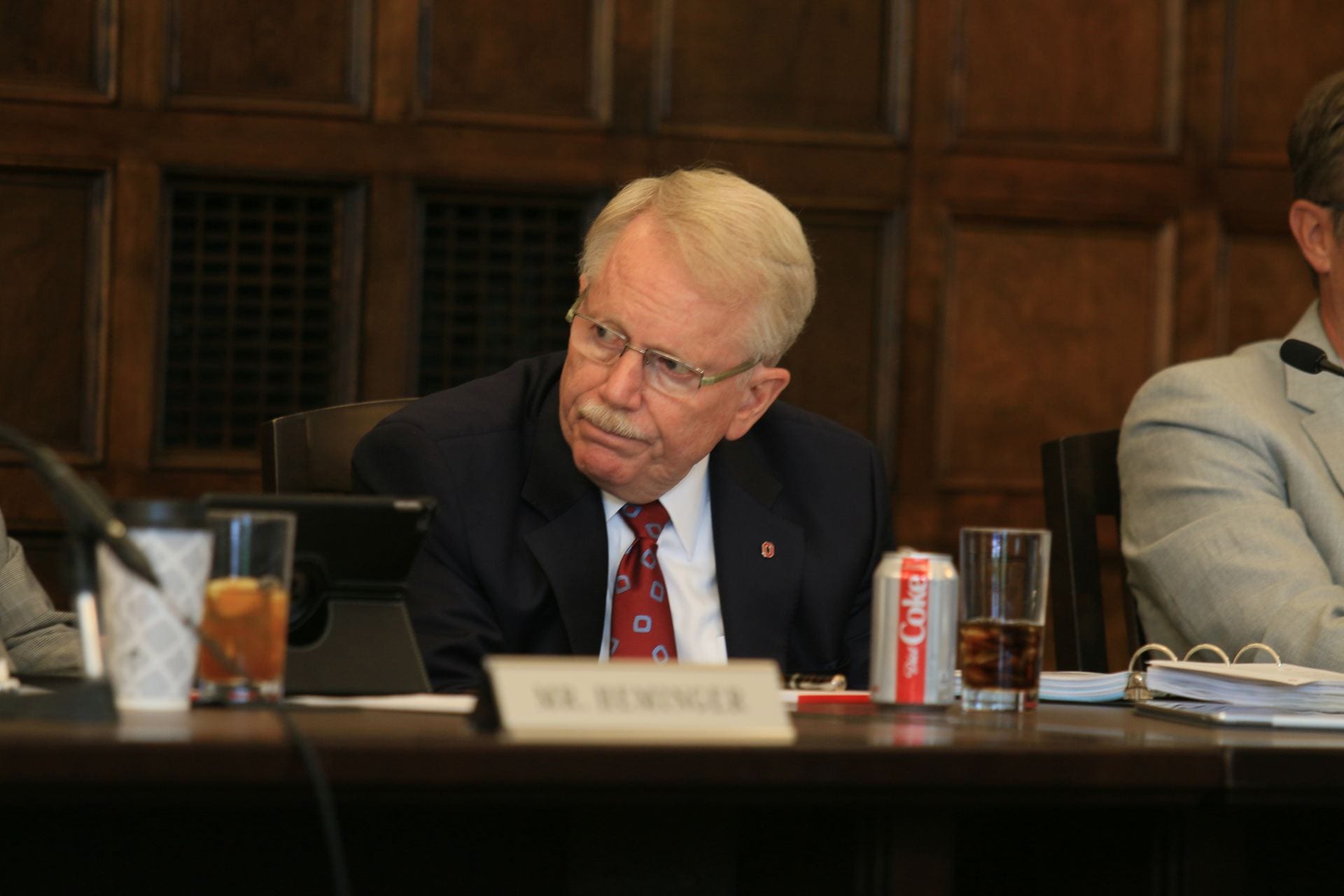
The Board of Trustees met Friday and approved a raise in tuition and fees for Ohio State’s incoming freshman class. Credit: Casey Cascaldo | Lantern File Photo
Just over a month before students arrive on campus – some for the first time ever – the University Board of Trustees met Friday and approved a raise in tuition and fees for Ohio State’s incoming freshman class.
According to public meeting materials, the 3 percent increase is set to cost Ohio residents around $12,859 a year for tuition and fees, resulting in a nearly $374 change. Ohio law mandates a maximum undergraduate tuition fee increase of 3 percent for incoming in-state undergraduates.
Non-Ohio residents will see a more notable increase at 5.2 percent, set to cost around $38,365 a year for tuition and fees. This makes Ohio State the seventh most affordable university in the Big Ten for in-state and out-of-state undergraduates.
This is the seventh consecutive year the university has increased the cost of attendance, according to The Columbus Dispatch.
The tuition of returning undergraduates will not rise as the Ohio State Tuition Guarantee freezes tuition costs for each year of students.
Some of the increase — 0.4 percent —in undergraduate tuition will go to “investments in student wellness and mental health services,” according to public meeting materials.
The investments will expand peer-to-peer mentoring, educational programming, mental health awareness and response training, and suicide prevention and screening programs, according to a release.
Graduate student tuition, which is not protected under the Tuition Guarantee Program, is also increasing. Both online and in-person programs will see a 3.8 percent rise for both new and returning graduate and professional students.
Tom Mitevski, chair of the Finance & Investment Committee, said the committee worked for several months to balance the financial implications, accessibility and future potential of the cost increases.
“Inflation has been increasing over 7 percent the last couple years, and so we want to make sure this is affordable and competitive and at the same time allows us to invest and reinvest,” Mitevski said.


